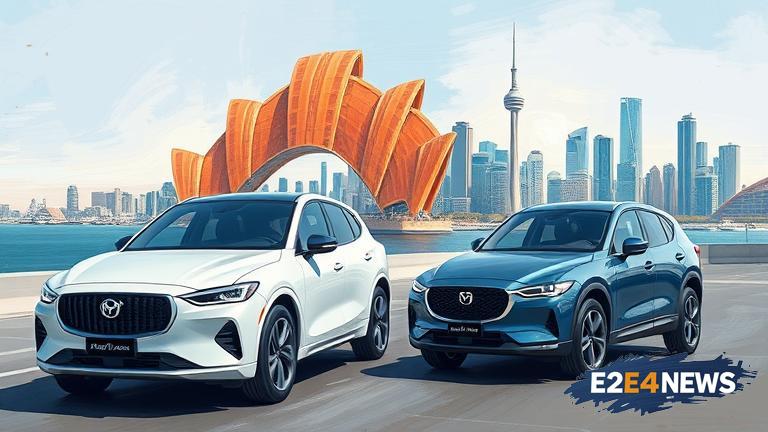The Australian automotive market has witnessed a significant shift in recent years, with Chinese automakers making substantial inroads and challenging the dominance of established players. Chinese car brands such as MG, BYD, and GWM have been steadily increasing their market share, thanks to their competitive pricing, feature-packed vehicles, and improving quality. According to recent sales data, Chinese automakers have seen a significant surge in sales, with some brands experiencing growth of over 50% in the past year alone. This trend is expected to continue, with many industry experts predicting that Chinese brands will become major players in the Australian market within the next few years. One of the key factors contributing to the success of Chinese automakers in Australia is their ability to offer high-quality vehicles at affordable prices. Many Chinese brands have invested heavily in research and development, resulting in vehicles that are not only cheaper but also feature-rich and reliable. Additionally, Chinese automakers have been able to leverage their global scale and resources to offer competitive financing options and after-sales support, making them an attractive option for budget-conscious Australian buyers. The rise of Chinese automakers in Australia has also been driven by the growing demand for electric and hybrid vehicles. Chinese brands such as BYD and GWM have been at the forefront of this trend, offering a range of affordable and feature-packed electric and hybrid models that are proving popular with Australian buyers. Furthermore, the Australian government’s efforts to promote the adoption of electric vehicles have also helped to boost sales of Chinese automakers, who are well-positioned to capitalize on this trend. Despite the challenges posed by the COVID-19 pandemic, Chinese automakers have continued to invest in the Australian market, with many brands establishing local operations and partnering with Australian dealerships. This investment has helped to improve the overall customer experience, with many Chinese brands offering enhanced after-sales support and warranty programs. However, the rise of Chinese automakers in Australia has not been without its challenges. Many established brands have expressed concerns about the impact of Chinese competition on the local market, with some arguing that it could lead to job losses and a decline in the quality of vehicles sold in Australia. Nevertheless, the Australian automotive market is expected to continue to evolve, with Chinese automakers playing an increasingly important role. As the market becomes more competitive, consumers are likely to benefit from the increased choice and competitive pricing, driving growth and innovation in the industry. The success of Chinese automakers in Australia also has implications for the broader automotive industry, with many global brands taking notice of the shift in the market. As Chinese brands continue to expand their global reach, they are likely to pose a significant challenge to established players, driving innovation and competition in the industry. In conclusion, the rise of Chinese automakers in Australia’s fiercely competitive market is a significant trend that is expected to continue in the coming years. With their competitive pricing, feature-packed vehicles, and improving quality, Chinese brands are well-positioned to become major players in the Australian market, posing a significant challenge to traditional market leaders. As the market continues to evolve, it will be interesting to see how established brands respond to the growing competition from Chinese automakers, and how consumers will benefit from the increased choice and competitive pricing.





